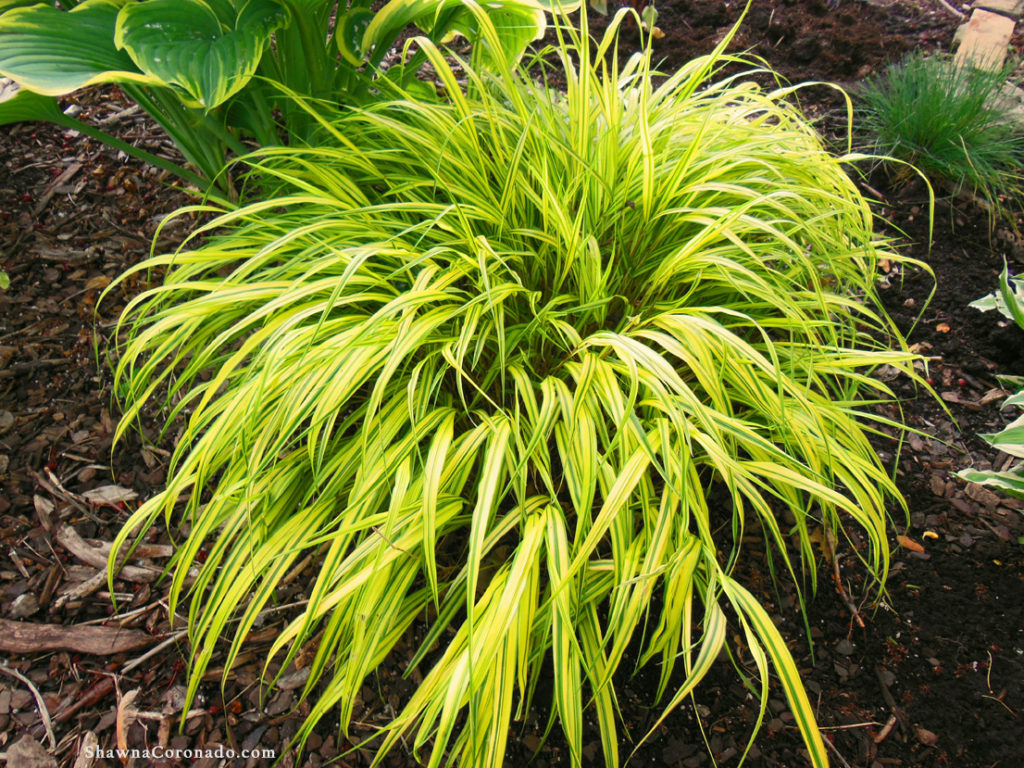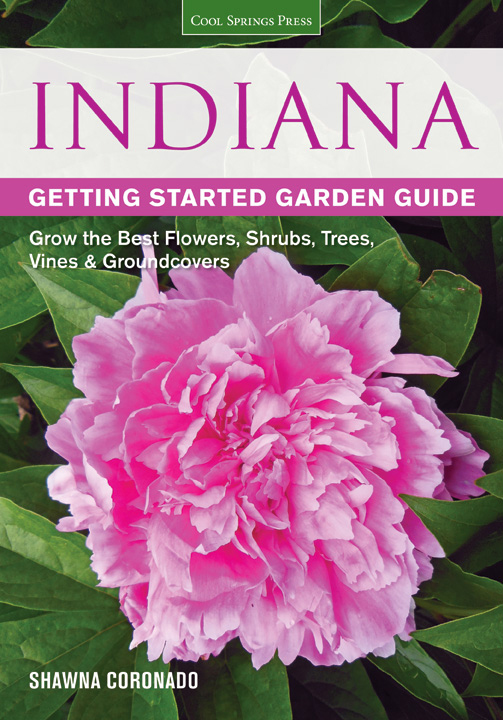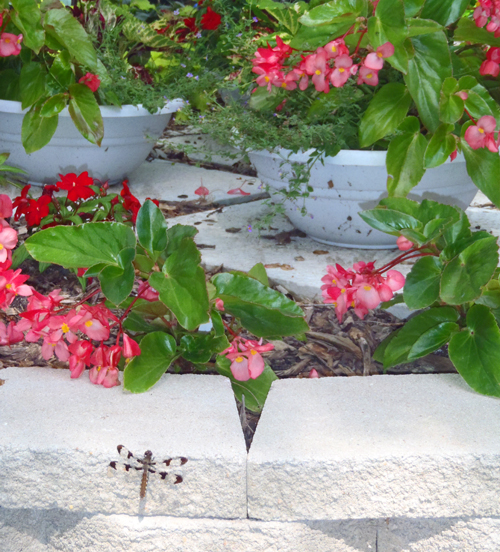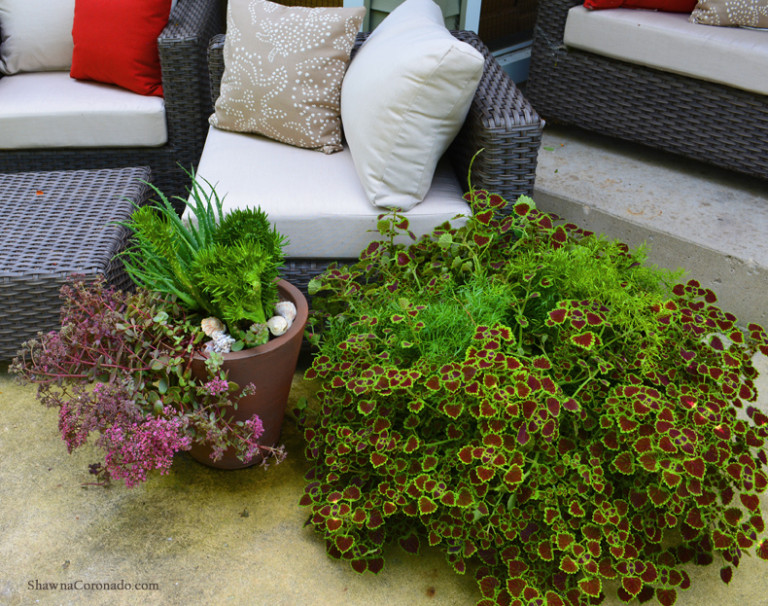How to Grow Ornamental Hakonechloa Grass

Hakonechloa grass is native to Mount Hakone, Japan, and is a long-lived herbaceous ornamental perennial that is a graceful, low-spreading foliage plant. Originally a woodland plant, hakonechloa can truly light up the dark understory of a wooded area with its waterfall-like foliage. Its graceful leaves are magic in the perennial garden as well, seeming to lean toward pathways and garden visitors.
This slow-growing and non-invasive plant are lovely for urban gardens. It is ideal in tight spaces, can tolerate air pollution, and adores shade. While hakonechloa grass prefers moist sites, it is drought tolerant and can handle most conditions in the garden except the full sun, which burns its leaves. Hakonechloa adds unique form and texture to the shade garden. Another name is Japanese forest grass or golden variegated hakonechloa.
Read the instructional growing excerpt from the Indiana Getting Started Gardening Guide:
How To Grow Hakonechloa Grass
Botanical name — Hakonechloa macra and Japanese forest grass, golden variegated hakonechloa
Bloom Period and Seasonal Color — Season-long; chartreuse, green, burgundy, and variegated foliage; tan or copper orange in fall
Mature Height × Spread — 8 to 36 inches × 24 inches
Added Benefits – Foliage color
Sun Requirements – Part-Sun, Part-Shade, Shade
Planting Hakonechloa Grass –
These plants prefer very rich soil that has good drainage but remains consistently moist. To help it survive drought, consider amending native soils with rotted manure, compost, and worm castings to enhance water retention and nutrient content. Plant in spring, well out of the full sun as the leaves can suffer scorch; shady conditions are preferable.
Easy Growing Tips –
Keep soil moist. Although many varieties are hardy to Zone 5, safeguarding the plant is helpful: keep it well mulched for weed prevention, moisture retention, and cold protection. Fertilize minimally or not at all.
Hakonechloa Plant Advice and Care –
Prune anytime, however, the foliage is quite striking with snow resting on it and many gardeners prefer to leave it up for winter interest. Cut to 3 or 4 inches above the ground in late winter using pruners or hand clippers. There are no serious diseases or insect pests that seem to affect these plants. Hakonechloa only needs dividing once every five years or so if it becomes crowded. In spring, use a sharp spade to cut roots and then replant divisions.
Companion Planting and Design for Hakonechloa –
Hakonechloa grass is a very adaptable plant for design because of its finely textured leaves; it works particularly well as an edger or border plant. Use it in woodland settings planted in naturalized drifts. Plant this grass to surround Japanese maples with deep burgundy leaves for a bold contrast. Combine hakonechloa with large, deep blue hostas for a spectacular shade statement. Use as a groundcover in shady urban areas such as along a sidewalk or side entry. Place in front of tall ferns and cimicifuga. It also works as a shade planting under black walnut trees. Use as a spectacular feature plant in large containers or drooping over ponds and waterways.
Try These Hakonechloa Grass Varieties –
‘All Gold’ hakonechloa grass is a compact golden variety that stays only 12 inches high. ‘Naomi’ has burgundy leaves. ‘Fubuki’ is a newer variety that is only 8 inches high with white-and-green striped margins; tinted pink in fall. ‘Aureola’ has tried-and-true variegated green-and-yellow foliage. ‘Nicolas’ is an amazing fall color feature with leaves that turn intense red-gold shades.
Want more creative growing and gardening ideas like this hakonechloa grass, particularly for gardens in the Midwest? Please get my book, the Indiana Getting Started Garden Guide.


